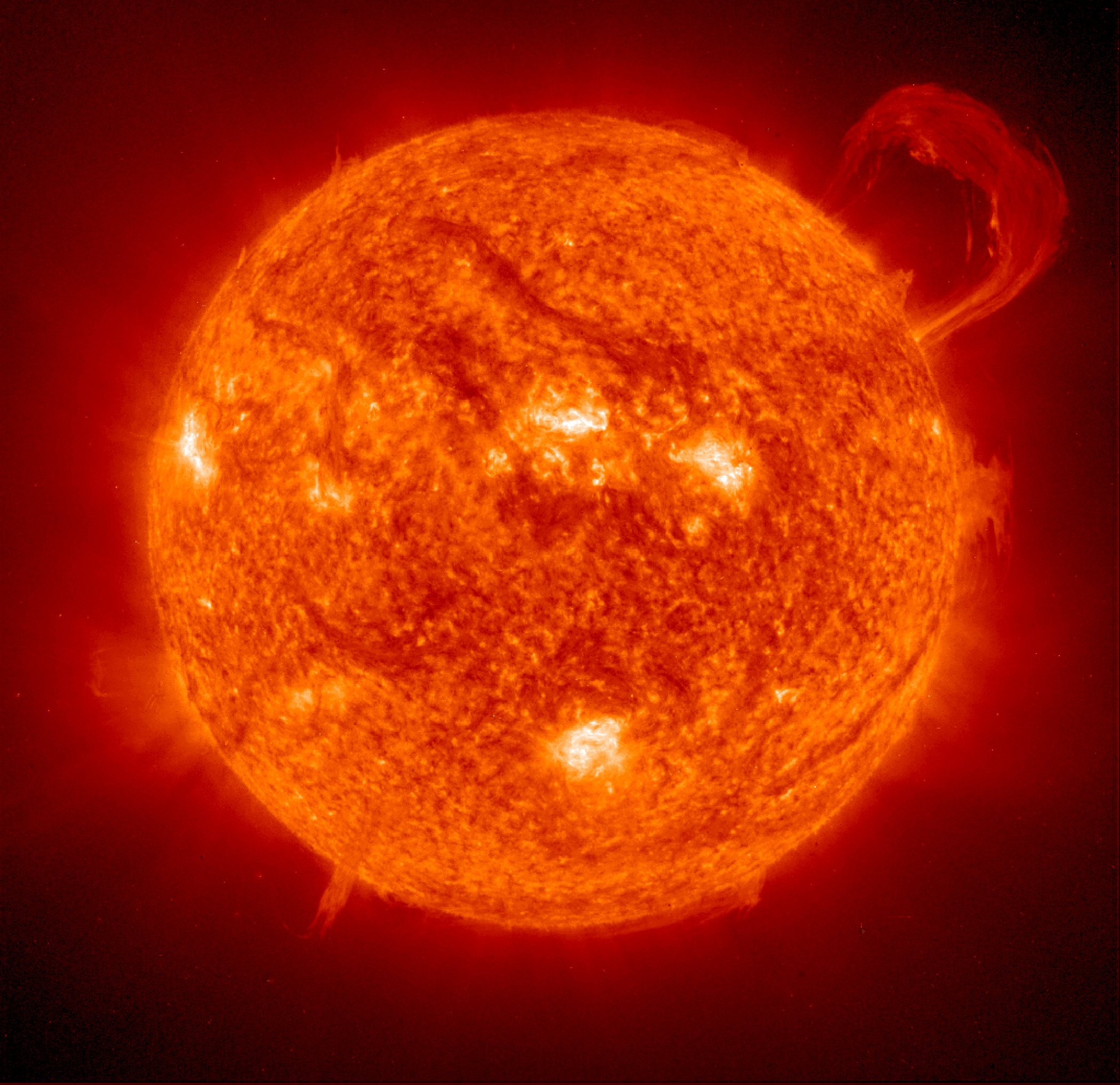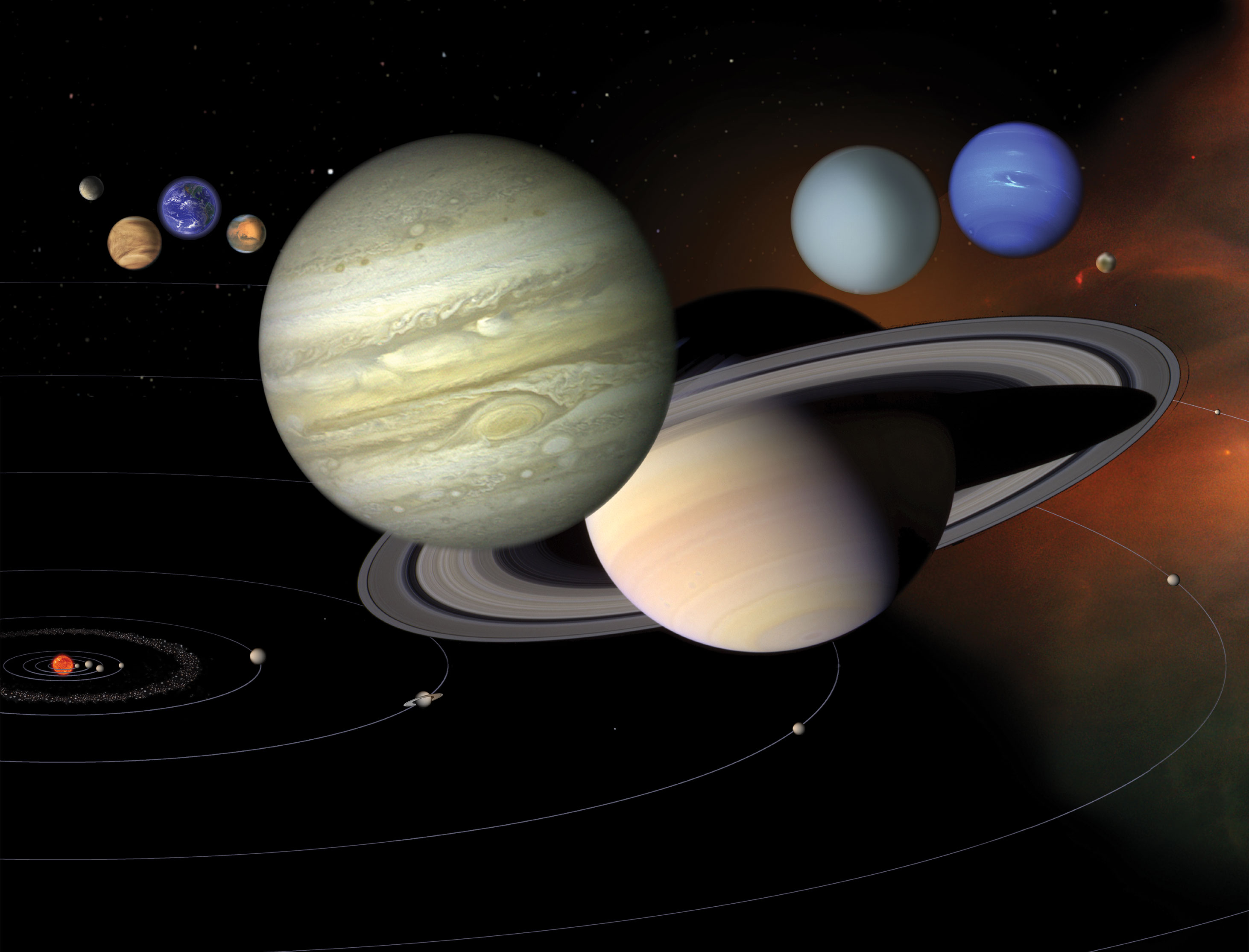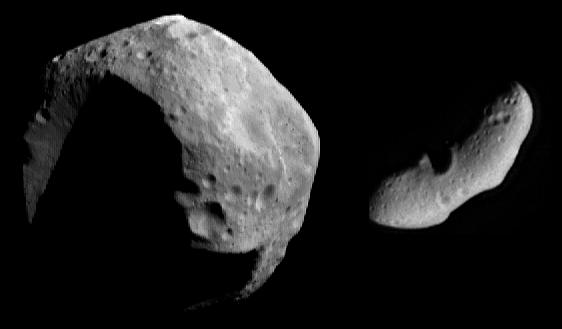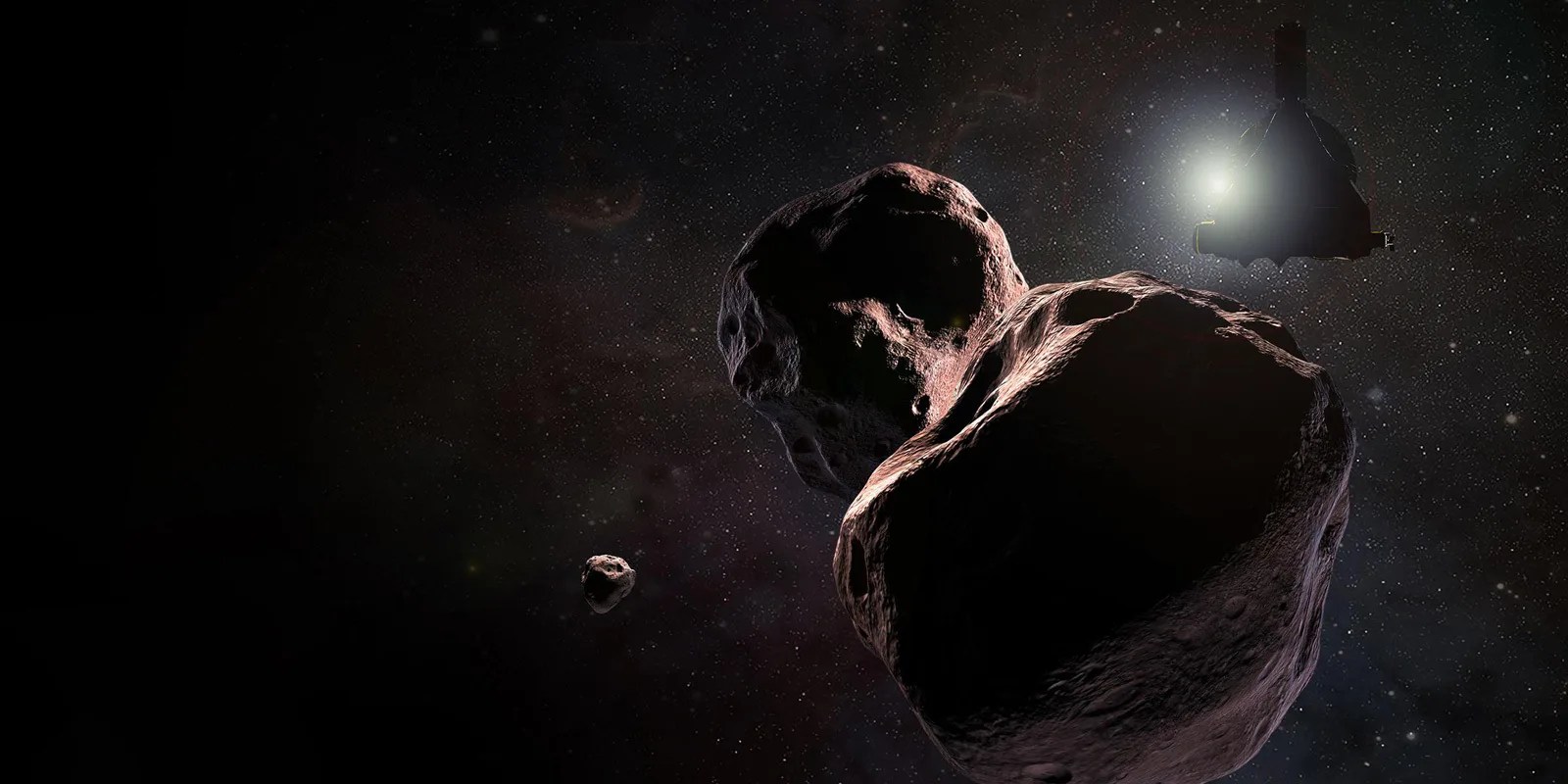Nix
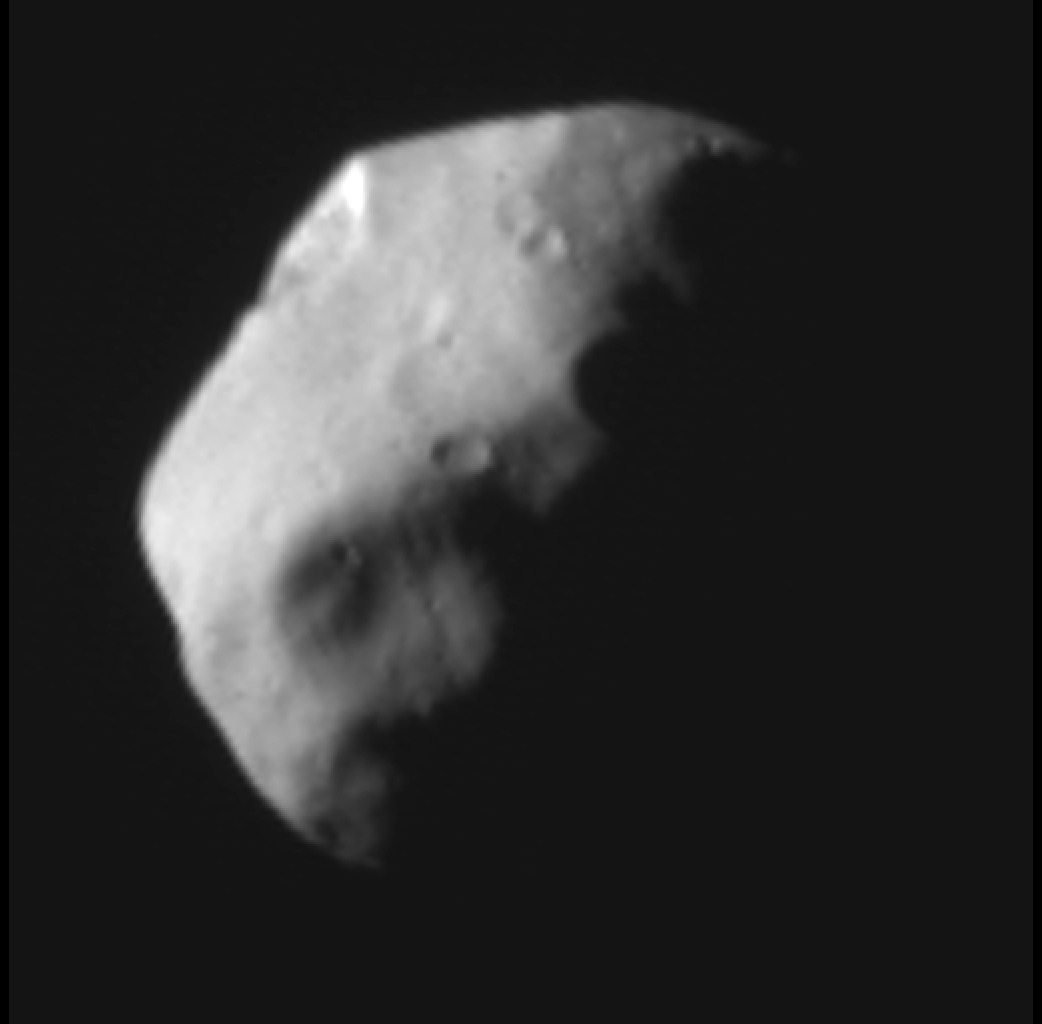
This image of Pluto's moon Nix was taken by NASA's New Horizons spacecraft. It's one of the best images of Nix taken by the mission.
NASA/JHUAPL/SWRI
Discovery
Nix was discovered in June 2005 by Hal Weaver and a large team of astronomers using the Hubble Space Telescope.
In Depth
Nix is the inner of the two moons discovered orbiting Pluto in 2005. Nix and Hydra are roughly 5,000 times fainter than Pluto and are about two to three times farther from Pluto than its large moon, Charon, which was discovered in 1978. Nix and Hydra are roughly 20 to 70 miles (32 to 113 km) wide.
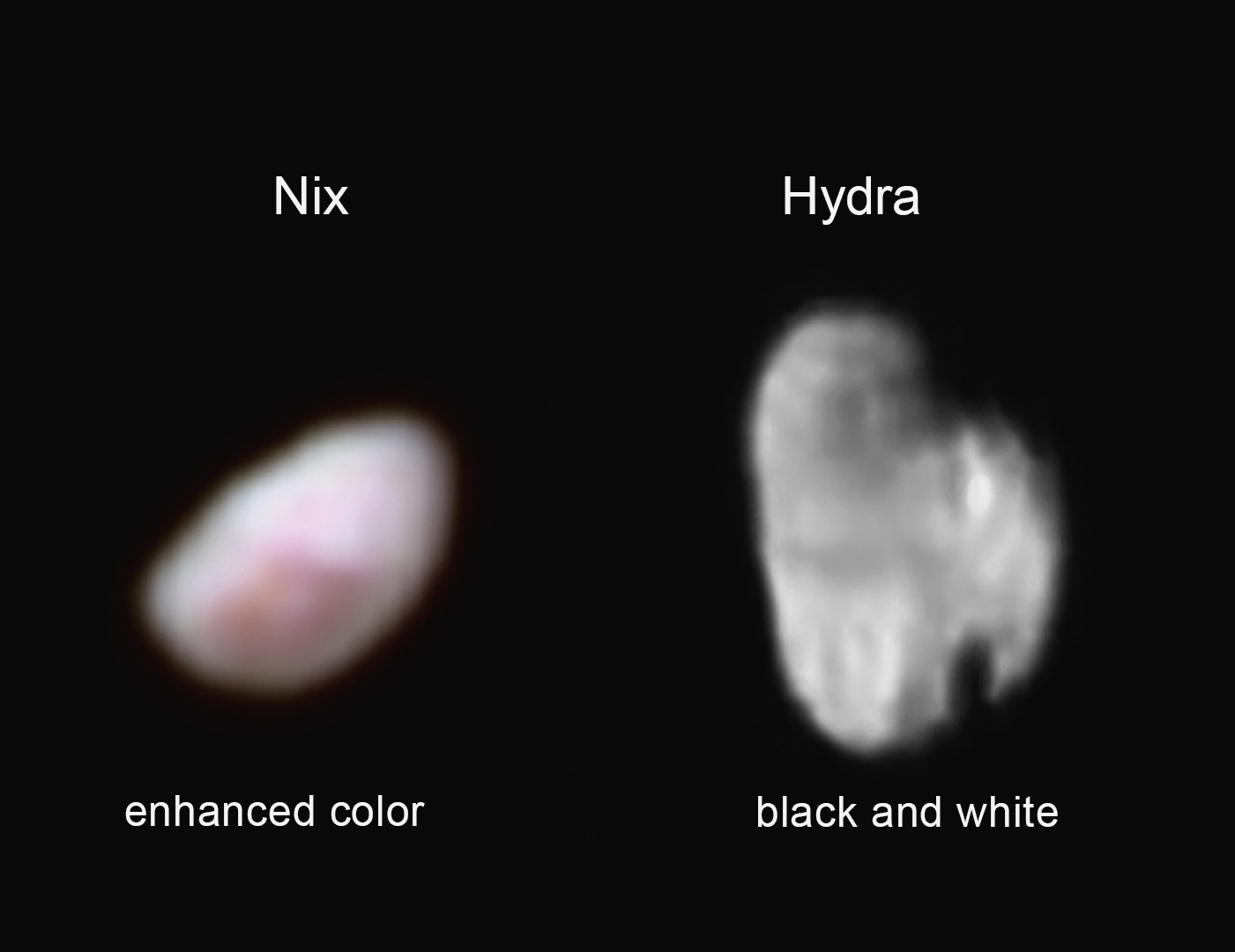
Pluto's moon Nix (left), shown here in enhanced color as imaged by the New Horizons Ralph instrument, has a reddish spot that has attracted the interest of mission scientists.
NASA/JHUAPL/SWRI
They are so small and so faint that scientists combined a short exposure of Pluto and Charon and a long exposure of Nix and Hydra to create images of them all together.
How Nix Got its Name
Nix was named for the Greek goddess of darkness and night and mother of Charon.
Keep Exploring

